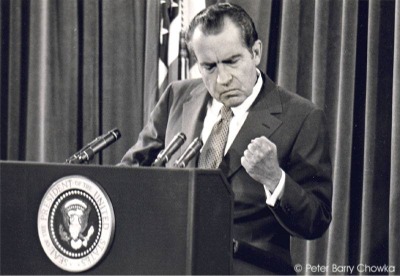For a guy who always seems to be hurt, Albert Pujols has been exceptionally durable in his first four years in Anaheim. The Machine battled leg issues yet again in 2015 but even so managed to appear in more than 150 games, the third time in four tries he’s accomplished that feat. He wasn’t at 100 percent the entire time, of course, and hasn’t been for any of his seasons with the Halos, but he was still a productive player. Historians will tell of the cautionary tale that is the back end of Pujols’ 10-year contract for ages to come, but let the record show that by the (notably problematic) $/WAR metric he’s actually produced a surplus value thus far—he’s been paid $75 million and produced 13.3 WAR, meaning he’s cost a below-market $5.63 million per win. Surprise!
Whether his contract becomes an albatross sooner rather than later—because it will absolutely happen eventually—hinges on his ability to play as consistently as he has the last two years. As he creeps closer to 40, one imagines that will become progressively more difficult. Only SIX YEARS to go.
Position: 1B/DH | Age (2016): 36
Bats: R | Throws: R
Height: 6’3″ | Weight: 230
2015 WAR: 3.1
2015 in a Tweet
The rediscovery of his power stroke—40 dingers!—did wonders to mask the cratering of his BA (.244) and OBP (.307). Both were career worsts.
2016 Projections
[table id=153 /]Projection systems are well known (and often mocked) for their long memories, but it seems we’ve finally reached the point in which they’ve completely forgotten the extraordinary player that Pujols used to be. No longer is PECOTA projecting some lighter version of perennial MVP candidate Albert Pujols that it seemed to pine for upon his arrival in Anaheim. Instead we have what appear to be typical projections for an aging, once-great corner infielder: an average walk rate, a middling batting average, some power, no speed. For what it’s worth, Pujols has exceeded the above projections all four years with the Halos, at least on a rate basis. If he can continue to produce at the level he’s been, then, he should fly past these.
The projected bounceback in BABIP (~.260) would be nice added bonus—his .217 mark last season was easily the worst in baseball among qualified hitters—but seeing as how every ball he hits on the ground goes right into the shift, it’s tough to see him recouping that much of that average. This may be the new normal if he can’t get his home-to-first times under 4.9 seconds.
At the end of the day, it comes down to Pujols’ ability to maintain a stable base over the course of the season. If his feet or knees give out yet again, his production will give out along with them.
Spray Charts


Once upon a time, Pujols boasted power to all fields. Those days are long gone now, replaced by a bevy of pulled grounders, a healthy dose of elevator taters to left, and a smattering of bloop doubles down the right-field line. So long as balls are still getting over the fence on a regular basis, it doesn’t matter where they fly.
The sea of pink on the infield would lead you to believe Pujols is driving the ball into the ground more than ever, but that blob actually represents a significant decrease (-3.9 percentage points) in his worm-burning activity. Fly balls are typically death to BABIP, but in Pujols’ case he’s probably better off putting the ball in the air as much as possible. While his batting average on fly balls (.160) was 10 points better than the league in 2015, his BA on grounders (.193) was 52 points worse. Fewer grounders = better Albert.
Zone Profile


Everyone knows by now that Pujols absolutely crushes pitches that are middle-up. If they don’t, I’m sure Brad Lidge will be lurking nearby to make sure they do. Pitchers have done a pretty solid job of avoiding the upper part of the zone against the Machine the last three seasons, but every once in a while someone tries to sneak one up there—usually with terrible results. One interesting result of the increased low-and-away diet (and likely the defensive shifts) is the bright red square in the middle-away portion of the strike zone on the right. Pujols can do a good job of driving that pitch into the gap, but it mostly represents the one pitch location he seems to be able to punch the other way with anything resembling consistency. With no one manning second base, the resulting 200-hopper or slow line drive typically results in a single.
Fun Fact
Pujols is still the only player ever drafted out of Maple Woods Community College in Kansas City to make it to the big leagues. No one else has even gotten particularly close to MLB playing time.
What to Watch For
Pujols is still at least a season away from flirting with the 3,000-hit milestone, but he is within reach of a couple other career benchmarks. He will begin the 2016 season only 98 plate appearances shy of 10,000, and also 17 doubles and 40 home runs short of 600. The former two will definitely happen barring catastrophe, while the latter would probably be a best-case scenario. If/when he joins the 600 2B/600 HR club, he’ll be just the third-ever member—Barry Bonds and Hank Aaron are the other two.
A Bold Prediction
Spending most of his time at DH, Pujols will finally stay healthy for a full season and will lead the American League in home runs at the ripe age of 36.
___
Previous Previews: Yunel Escobar; Kole Calhoun; Mike Trout
Add The Sports Daily to your Google News Feed!
